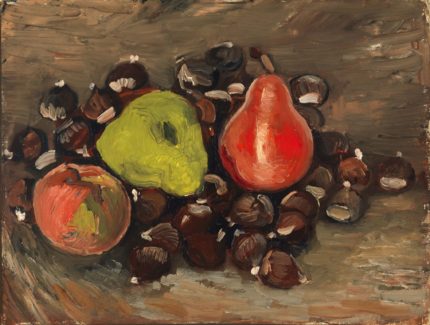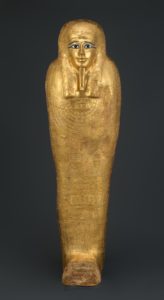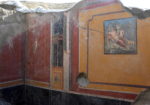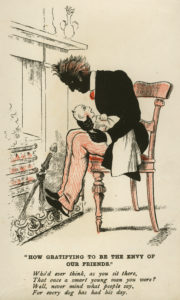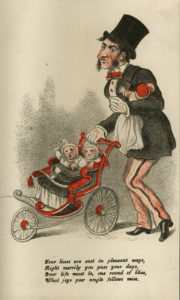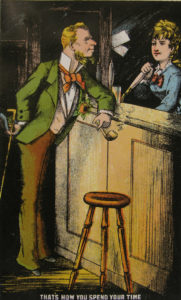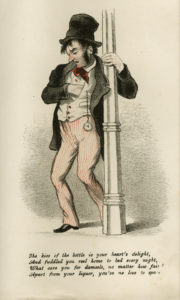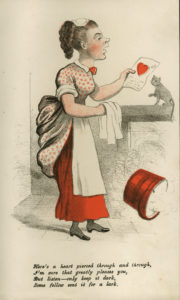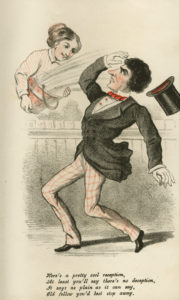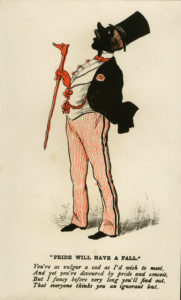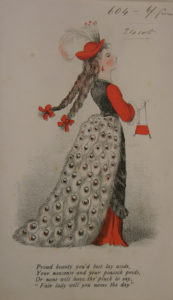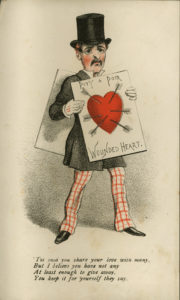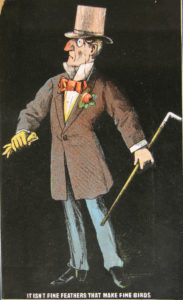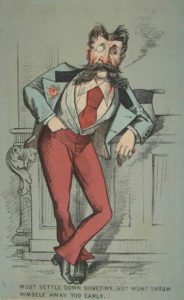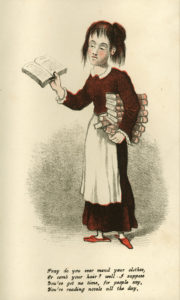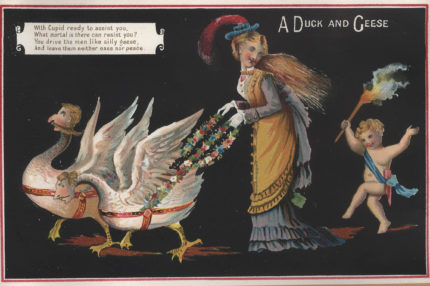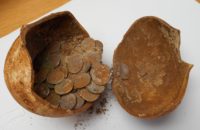 A hoard of Roman coins in a small clay pot has been found in South Warwickshire. There are 78 coins in the collection, all silver denarii, in decent but not great condition. This is the second Roman coin hoard unearthed in Warwickshire since 2015. The first was larger, containing 440 silver denarii stashed in a large clay pot and buried in what is now Edge Hill, but what makes this one unique is that its coins date to 68-69 A.D., from the end of the reign of the Nero through the infamous Year of the Four Emperors.
A hoard of Roman coins in a small clay pot has been found in South Warwickshire. There are 78 coins in the collection, all silver denarii, in decent but not great condition. This is the second Roman coin hoard unearthed in Warwickshire since 2015. The first was larger, containing 440 silver denarii stashed in a large clay pot and buried in what is now Edge Hill, but what makes this one unique is that its coins date to 68-69 A.D., from the end of the reign of the Nero through the infamous Year of the Four Emperors.
The overthrow of Nero and his consequent suicide threw the empire into chaos. Competing generals vied for the throne, and coup followed coup installing Galba, Otho and Vitellius successively as emperors for a few months apiece. The civil wars ended when Vespasian became emperor in July of 69 A.D. and founded the Flavian dynasty that would rule Rome for 27 years.
Wars are expensive things and private armies don’t fight just for the principle. Galba found this out from day one, as he’d been acclaimed emperor by the Praetorian Guard who had been promised by their calculating leaders monetary reward for their support, something they had developed a taste for under the Julio-Claudians. But Galba had no intention of paying for the loyalty of his own guard, and with the imperial treasury in the doldrums, the coins he struck weren’t going to line the pockets of soldiers.
Seven months later, Galba was a stabbed and decapitated corpse and Otho, who had bought 23 Praetorians to secure Galba’s fate, was emperor. He couldn’t afford to buy the loyalty, even temporary, of the army of Germania Inferior, however, so three months later he was dead and Vitellius, commander of said army was emperor. He got to enjoy a whole eight months as emperor thanks to that support before he was defeated by Vespasian and the legions of the east.
With this constant turmoil, competing armies, supremely self-interested parties looking to benefit from their selection of one or another candidate for the throne, the emperors made as much use as possible of their minting powers. Yet, surviving coins from this period are exceedingly rare in Britain. The 78 examples found in the clay pot are the largest single collection of coins from the Year of the Four Emperors ever discovered.
The hoard has been declared official Treasure and experts from the British Museum have assessed its market value at £62,000. The local museum closest to the find site, Market Hall Museum in Warwick gets first crack at acquiring the hoard. It is applying for grants, throwing fundraising events and soliciting donations now.
Councillor Dave Reilly, Portfolio Holder for Environment, Heritage and Culture says:
“This is an amazingly important find for Warwickshire and our Roman past. Bringing the hoard back to the county and the Market Hall Museum will mean that Warwickshire’s residents can enjoy them for generations to come. The international significance of some of the coins in this hoard will increase visitors not only to Warwick, but the wider county, which can only contribute to our key objective of making the Warwickshire economy vibrant.”
